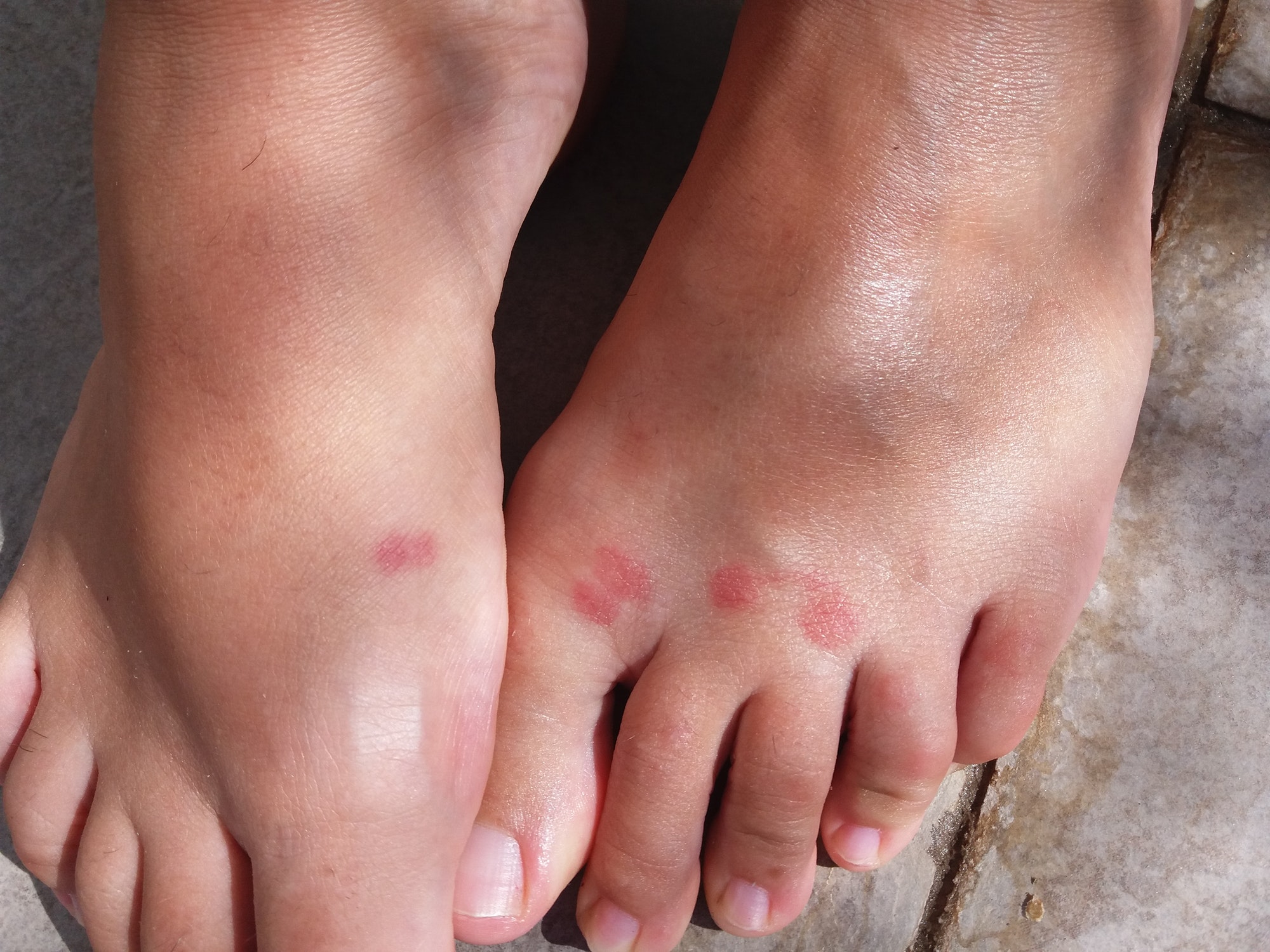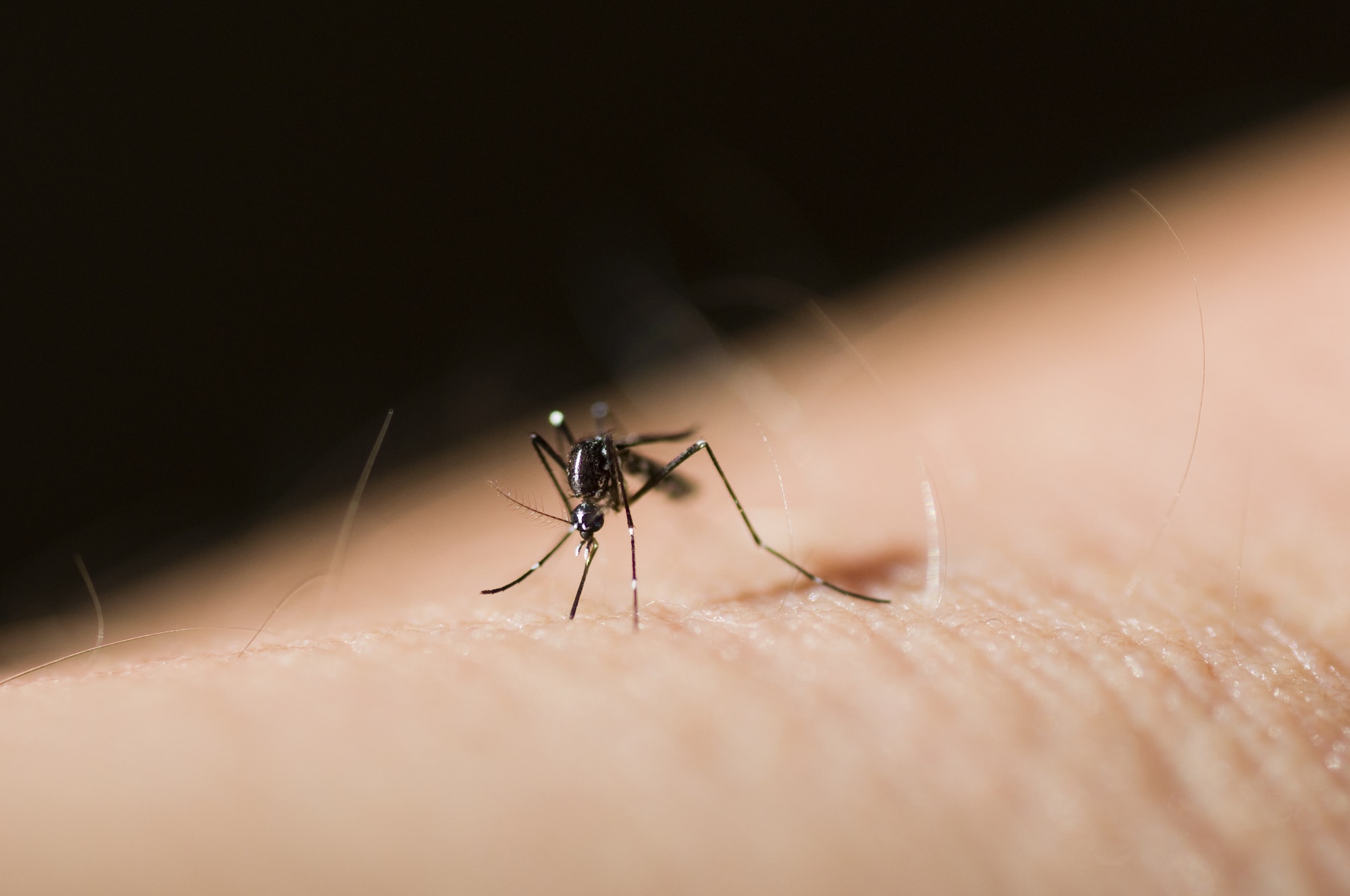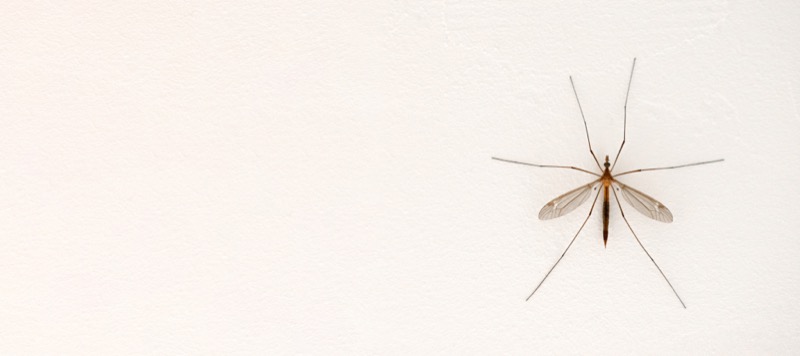Top Mosquito-Borne illnesses in The U.S
Throughout the decades we’ve been faced with a number of fatal diseases; many of which are transmitted through direct contact, digestion and airborne. One of the most widespread illnesses are those transmitted by the Mosquito. The mosquito is known as a Vector, which is a living organism that can transmit infectious pathogens between humans, or from animals to humans.
The most common Mosquito- borne illness here in the U.S is Malaria. Over the centuries it has claimed over more than one million deaths and 300 – 500 million cases are still reported annually in the world. On the other hand we have the West Nile that first appeared in NY in 1999. By 2018, there were around 2,647 cases of West Nile, with 217 cases occurring in the state of California.

In that same year, West Nile was responsible for 167 deaths. In comparison, in 2016, there were 2,078 cases of malaria, & 116 cases of chikungunya virus in 2018, a large decrease from the 2,811 reported in 2014.
Most recently, the Eastern equine encephalitis (EEE) virus made a comeback in the United States in 2019. A total of 38 cases were reported mainly in Massachusetts Florida.
It’s believed that EEEV is mainly transmitted to humans and horses by bridge vectors that have contracted the virus by feeding on infected birds. EEE is a rare but very serious disease that involves inflammation and swelling of the brain.However, one out of three people who develop EEE will die, and many survivors have mild to severe brain damage. Of those who contract the EEE virus, the elderly (ages 50 and older) and young (ages 15 and younger) are at the greatest risk of developing encephalitis.

Needless to say, mosquitos are the perfect vector borne insects to spread diseases throughout the world. For instance, the Chikungunya is a human virus but mosquitoes become infected when they feed on a person already infected with the virus and then spread the virus by feeding on other humans. Because of this ability, the virus has the potential to spread quickly. The virus first reached the Americas in 2013 mainly in the caribbean. Those living in humid climate & flood waters after a storm are more susceptible and have a higher risk of being bitten with an already infected mosquito. It’s even more difficult to correctly diagnose a vector borne virus, especially when it has similar symptoms to the previously stated illnesses.
But due to modern science and medicine we have more information and resources to meticulously track and treat those infected. We have come a long way and have developed numerous vaccines and treatments to combat such illnesses.








